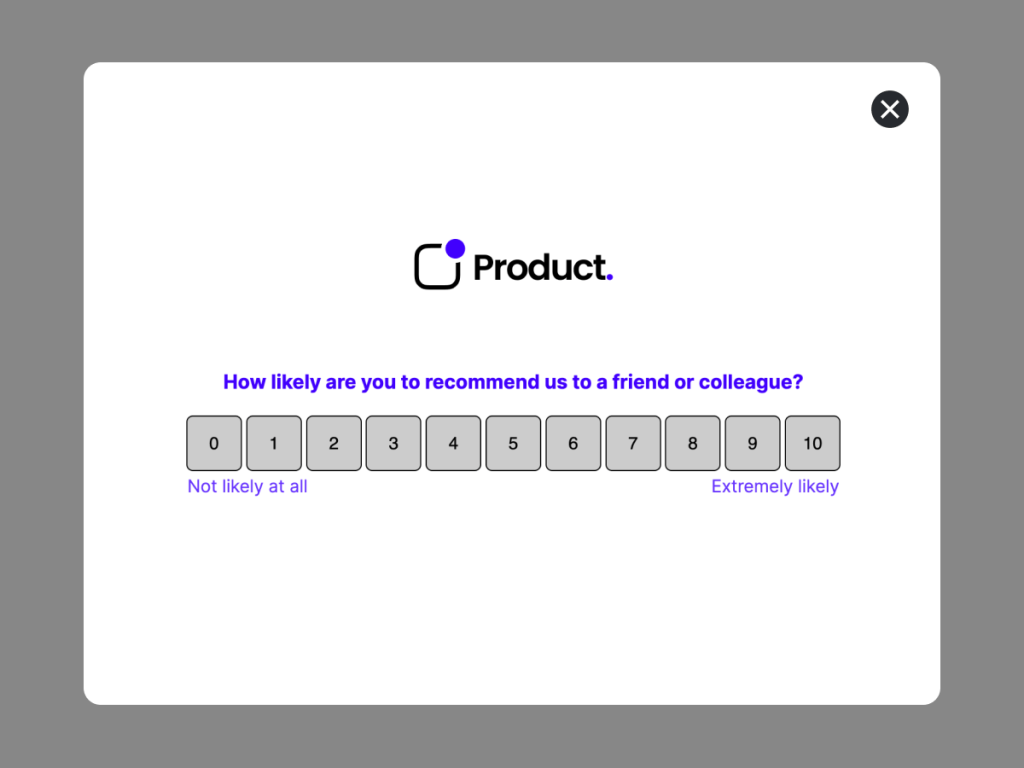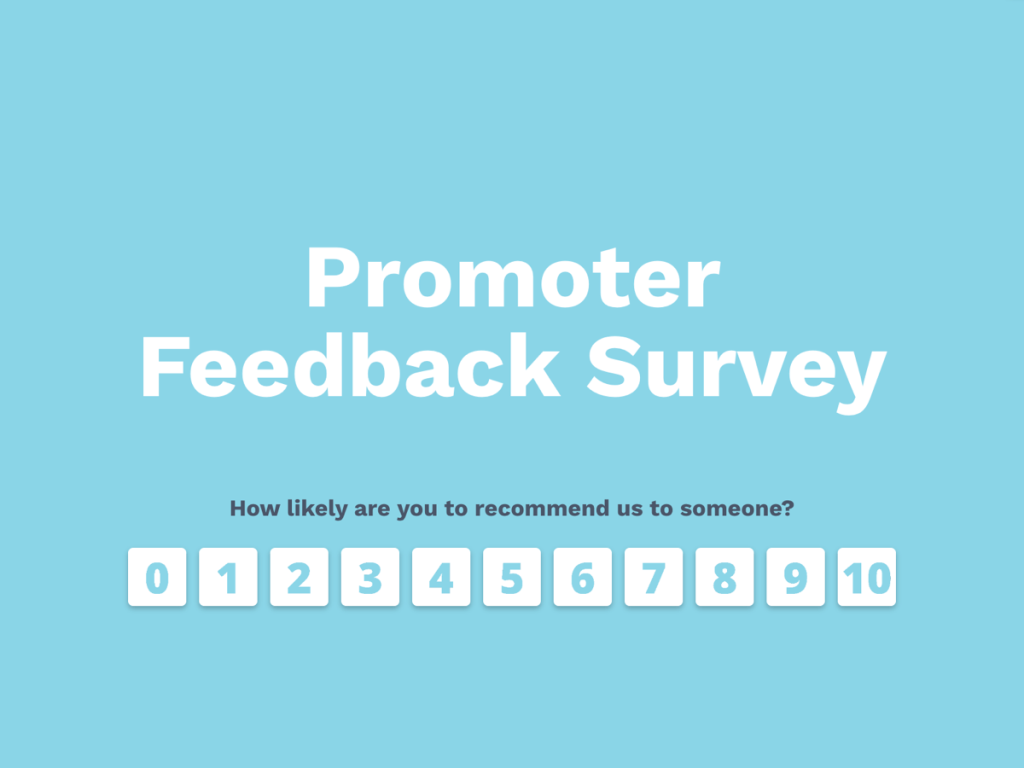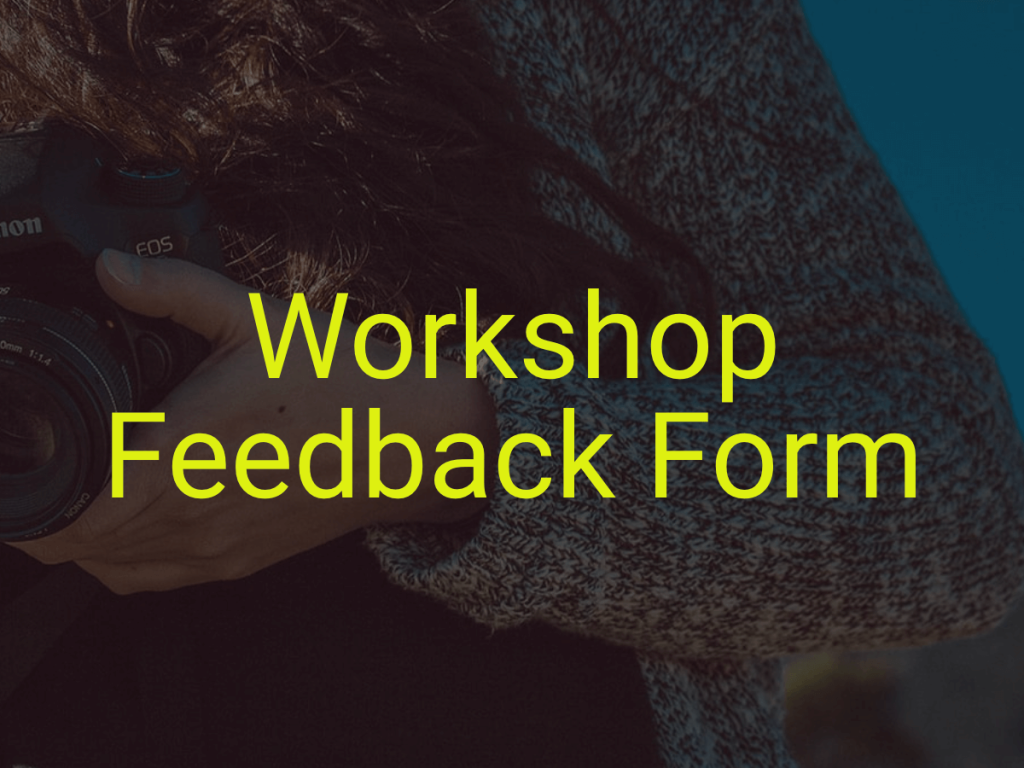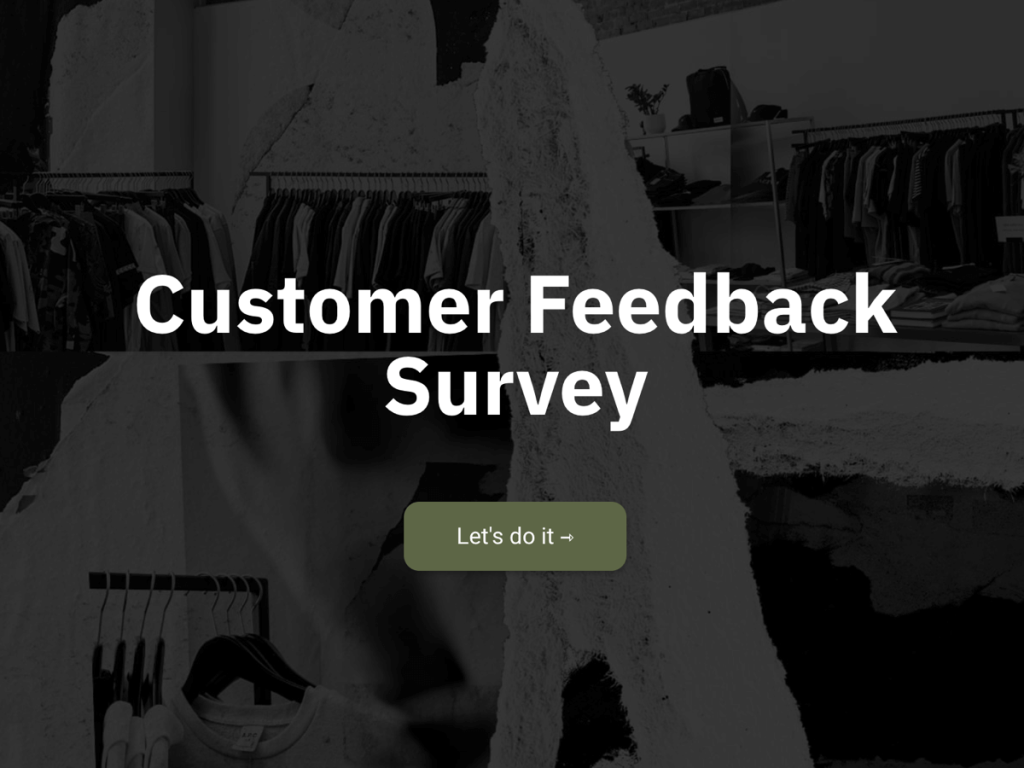Gathering accurate demographic information is crucial, but it can be a challenging task.
It involves delving into personal details and the life experiences of the customers.
Let’s be honest: Not all customers feel comfortable sharing personal details. So, asking questions like -
How old are you?
What’s your annual income?
Are you married, single, or divorced?
This may seem intrusive and invade their privacy.
That’s when a demographic survey can help. It allows you to collect demographic data without bothering your customers.
In this post, we’ll explore the significance of demographics and how capturing demographic data is pivotal for your business.
Besides, we’ll share practical examples and questions to include in your upcoming demographic survey.
So, let’s get started!
What Is a Demographic?
A demographic refers to a specific set of qualities or characteristics representing a group.
This can include their age, gender, ethnicity, education, location, etc.

The best way to collect demographic data is by creating a demographic survey. This can help you gain in-depth insights into your target audience’s preferences and interests.
The outcome? Informed data-driven decisions and improved ROI!
Here are a few key ways you can leverage demographic data.
Create Buyer Personas: A buyer persona refers to your ideal customer. With demographic data, you can create a buyer persona, understanding their likes, dislikes, and spending habits.
Moreover, combining demographics with behavioral data can provide a more comprehensive understanding of buyer persona.
Identify Market Trends: Demographic data can help unearth ever-evolving market trends.
For instance, demographic data can help you identify whether your product pricing is too high for a specific audience segment. This can help you create the right pricing strategy and gain a competitive edge.
Run Targeted Marketing Campaigns: By analyzing demographic data, you can create targeted marketing campaigns resonating with specific customer segments.
It allows you to personalize your messages and build a promotional strategy to effectively and efficiently engage the target market.
Build and Enhance Product Offerings: Demographics data can help gauge specific customers’ expectations and needs. This can enhance your product development and enhancement efforts.
Besides, you can provide progressive incentives to drive customers further up the buying process. This customer-centric approach ensures that each step in the value ladder delivers increasing benefits and value, thus maximizing sales and ROI.
Find Market Expansion Opportunities: With demographic trends data, you can unveil emerging demographic segments aligning with your services or products. This can help identify untapped customer groups, leading to market expansion.
Let’s explore a few crucial examples of demographic survey questions.
Example #1: Household Income
Household income is the combined earnings of individuals in the same household, including the customer, their spouse, parents, etc.
Why Ask This: Collecting this information can help you gauge customers’ financial capacity and purchasing power. This can help tailor your marketing strategies and offerings.
Include a range of answers with a skip option to respect and safeguard your customer’s privacy. This can foster a positive survey experience, thus strengthening relationships.
For instance, ask:
What is your annual household income?
A. Less than $20,000
B. $20,000 - $75,000
C. $75,000 - $100,000
D. More than $200,000
E. I prefer not to say.
Example #2: Employment
Employment information involves specific details about a customer’s job status, such as their current employment, industry, or occupation.
Why Ask This: Gathering employment data can offer insights into your customers’ professional backgrounds, income, and industry preferences.
Besides, you can identify potential partnerships or collaboration opportunities with relevant professionals within your niche.
Remember to be polite and considerate when asking for this sensitive information. This can make your customers feel comfortable while answering.
Here’s how to do it:
What category best describes your current employment status?
Employed, working 1-40 hours per week
Employed, working 45 or more hours per week
Not employed, proactively seeking work
Retired
I prefer not to say.
Example #3: Language
This involves understanding the customer’s primary and preferred language(s).
Why Ask This: Gathering insights about language can help you personalize your messages, way of communication, marketing materials, etc.
Most importantly, you can take your customer experience services a notch higher by meeting the linguistic needs of your diverse customer base.
This ensures clear communication, leading to high customer engagement, satisfaction, and retention.
Here’s how you can frame a question:
What language(s) do you primarily understand and speak at home? (select all that apply)
French
English
Spanish
Other (Please specify)
I prefer not to say.
Note: Just because a customer resides in a specific country does not mean they know the native language. So, identifying their language can help boost better engagement rather than assuming.
Example #4: Place of Birth
Place of birth is the location/area where a customer is born.
Why Ask This: This can help understand customers’ geographical backgrounds and cultural diversity.
With this data, you can develop or enhance product features or services resonating with specific regional and cultural preferences.
Here’s what you can ask:
Can you assist us in improving our services by sharing the region or country where you were born?
Asia
South America
North America
Europe
Africa
Other (Please specify)
I prefer not to say.
Example #5: Voting Status
This involves understanding whether the customers are registered or eligible to vote.
Why Ask This: This data can help understand customers’ civic engagement and political preferences.
Besides, it can help create targeted messaging during elections or understand your customer’s values.
For instance, ask:
Are you currently eligible and registered to vote?
No, I am not eligible to vote.
Yes, I am eligible to vote.
I prefer not to say.
Pro Tip: Embrace the Power of Involve.me’s Online Survey Maker
involve.me’s online survey maker can make conducting demographic surveys a breeze!
The zero-code platform offers a multitude of stellar survey templates that can create interactive and customized demographic question surveys within minutes.
Create Branded Surveys
Start with a free template
What’s more?
With this state-of-the-art online survey maker tool, you can -
Collect essential demographic information such as customer’s gender, age, etc.
Gain valuable insights into the target audience to customize your marketing strategies.
Leverage powerful analytics and reporting tools to make data-driven decisions.
The best part? This survey maker tool comes with cost-effective pricing, including a free-of-cost plan.
So, choose a plan that meets and exceeds your business needs and take your marketing to the next level!
Wrapping Up
Collecting demographic data can go a long way in helping you understand your target market’s ever-evolving needs and preferences. It can help you define who your customers are and the best way to put forth your value proposition. The examples of survey demographic questions shared in this post can help you achieve the goal seamlessly. So, take inspiration from these examples and create a stellar demographic survey!










